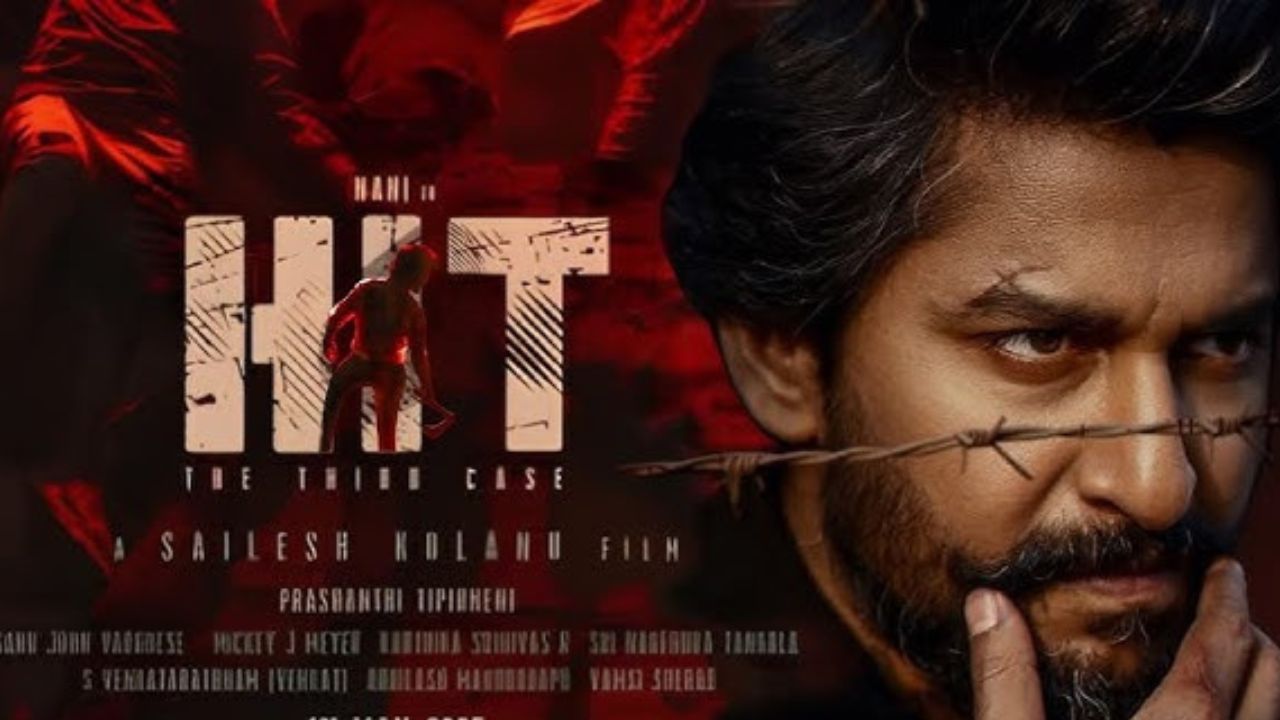
Rude Food by Vir Sanghvi: The scramble for perfection
8 months ago | 98 Views
Very rarely does the cooking of a single dish become a craze or dominate popular culture and social media. But something like that has happened with the omelette from Season 2 of The Bear. It is now all over YouTube, which is full of how-to-reproduce-the-dish videos. Similar videos turn up on Instagram and Facebook.
If you are not familiar with The Bear, it’s an American show about restaurateurs in Chicago. Its second season (the one with the omelette) won a record 23 Emmy nominations.
Chefs enjoy watching The Bear (many famous chefs have cameos) because they say it accurately captures the pressures of their lives, making it one of the few shows to appeal as much to insiders as it does to a larger audience.
In Episode 9 of the second season, chef Sydney (the character played by Ayo Edebiri) makes an omelette for a colleague, and judging by the surprised response the scene has evoked, nobody in America bothers to cook a classic omelette any longer; which may be fair enough because, like many simple dishes, it is difficult to get right and requires lots of practice.

The trick with this kind of omelette is not the recipe but the process. The chef must cook scrambled eggs until, right at the end, when he or she must encase the runny scramble in the thin egg-skin that has developed at the bottom of the pan. The eggs must still be a little liquidy in the centre and the skin must be tremblingly delicate but firm enough to hold the eggs in.
In a classic French kitchen, an omelette can be the test of how good a chef is with his or her hands. The technique is the key. The chef breaks eggs on a flat surface (never on the edge of the bowl) sieves or strains them (this is optional but useful), and then uses a fork to break up the yolks before stirring the eggs to get whites and yolks to align. Egg whites contain strands of protein, so the sieving and whisking are to break up these strands and merge the different parts of the egg together.
A non-stick pan (though not in professional kitchens, where they will use a cast-iron pan) is heated on medium to low heat. Butter (always butter, never oil) is added to the pan and before it gets too hot and begins to foam loudly, the beaten eggs are added.
Now comes the complex bit: The chef keeps moving the pan with the hand that is on the handle, while using the other hand to continually stir the eggs in the pan. The process takes a while (up to 10 minutes) but it gives you a perfect consistency. When the eggs seem ready, the chef adds a little more butter to the side of the pan and starts to fold the omelette. A classic omelette has two folds (one from each side), but you can also keep rolling until you end up with a cylindrical shape.
That’s the whole recipe.

As you can see, the flavour comes from just two ingredients: Eggs and butter. (You can season the beaten eggs with salt and pepper, but usually the eggs are left unseasoned until they are ready.) The flavour is not difficult to create: Just use the best butter and freshest free-range eggs. The difficult bit is the texture and that’s what chefs take many attempts to perfect.
There are hacks and tricks. Many chefs put cheese in the omelette while it is cooking. Not only does it add a layer of flavour but the cheese melts so that your omelette is still runny even if you have overcooked the eggs. The Los Angeles chef Ludo Lefebvre adds pepper boursin cheese and it is this recipe (according to the producers), that Sydney uses. She also crumbles potato crisps (chips/wafers) on top, an addition that is The Bear’s own, though Ferran Adria did put crisps inside his omelette.
I love a classic omelette. But frankly, it’s a restaurant dish, meant for chefs to make. Life is too short to learn how to move a pan perfectly while simultaneously stirring eggs.
And besides, the Indian subcontinent offers tastier alternatives to the French omelette. Our masala omelettes have much more flavour than French ones and we often do something the French don’t: Give omelettes a gravy.
In Sri Lanka, omelette curry is a traditional dish. Karan Gokani, who has popularised Sri Lankan food in London at the Hoppers restaurants, makes a modern version, slipping a whole masala omelette into a thick coconut milk gravy/curry. But many times in Sri Lanka, the omelette is cut into pieces before going into the curry.
There are versions of omelette curry in parts of South India, but a curry made with boiled eggs is usually preferred. That may be true of Bengal as well, but my friends Anindya and Madhushree Basu who blog together from Kolkata as Pikturenama, make a delicious omelette curry based on Anindya’s mother’s recipe. They make a thick masala omelette with multiple layers and put it into a thin, home-style Bengali curry and watch the layers of omelette float around in it.

But the king of all South Asian omelette curries may be Goa’s ros omelette, a dish that only became popular in the 1990s and is now ubiquitous. The great Goan chef, Rahul Gomes Pereira, who goes by the nickname Picu, traced its origins for me.
According to Picu, the dish we know as xacuti, which is at the heart of a ros omelette, has its origins in the village of Pernem near the Maharashtra-Goa border. It was a part of what the Goans regard as the food of their Hindu communities and was a curry that was originally made with vegetables (the ‘shaak’ in xacuti). It spread all over Goa, took on a Portuguese spelling (the X in xacuti) and was made first with wild boar and then with chicken.
Picu’s guess is that the ros omelette was invented in South Goa in the 1980s, when roadside kiosk-owners began using xacuti gravy to moisten and flavour the bread or pao they used for sandwiches. Eventually, they started putting omelettes in the same gravy.
The dish spread to North Goa, by which time it got political. Picu says that Manohar Parrikar, who was a rising North Goa politician, became a fan of the kiosks that sold omelettes in xacuti gravy and as he rose in prominence, he began allotting spaces to hawkers in Panjim and the areas around it. (Parrikar eventually became Chief Minister and Union Defence Minister.)

It was only after Parrikar promoted the interests of the hawkers that the ros omelette (‘Ros’ for the gravy) became popular all over Goa and later spread to the rest of the country. The recipe is still simple enough: A masala omelette in a xacuti gravy, the ultimate omelette curry.
As the fame of the ros omelette has spread, chefs have adopted it and it now turns up on fancy menus at such restaurants as Mumbai’s Masque, where the chef Varun Totlani has created his own version. Still, I doubt if it will ever achieve the global fame of the classic French omelette or feature in a show like The Bear.
But frankly I’ll take the ros omelette any time. You don’t need free-range eggs, creamy butter or a mastery of technique to make it.
It is a dish that is almost idiot-proof. Anyone can make it. And unless you can get a great chef like Alain Ducasse to make your French omelette for you, a ros omelette is much tastier.
Read Also: This morning, strengthen familial ties to build a happy home together





















